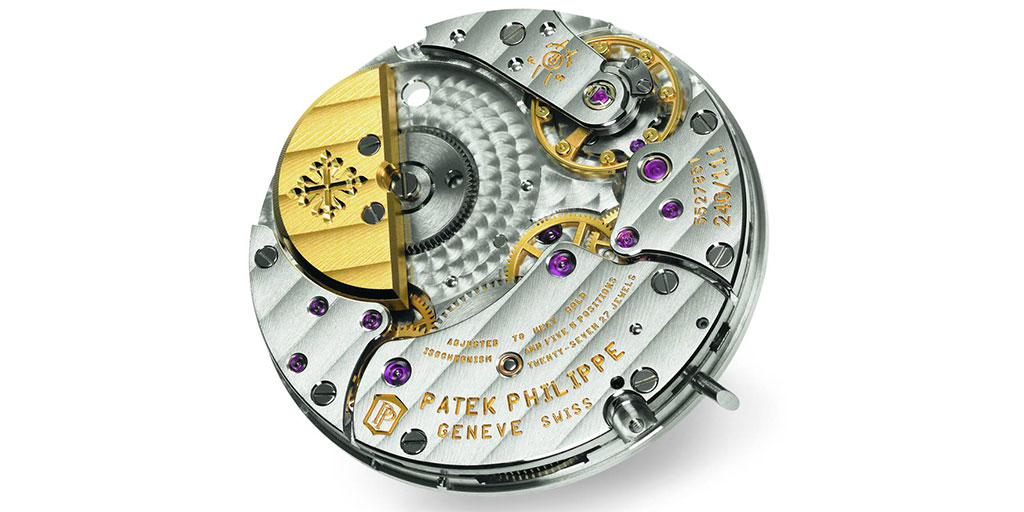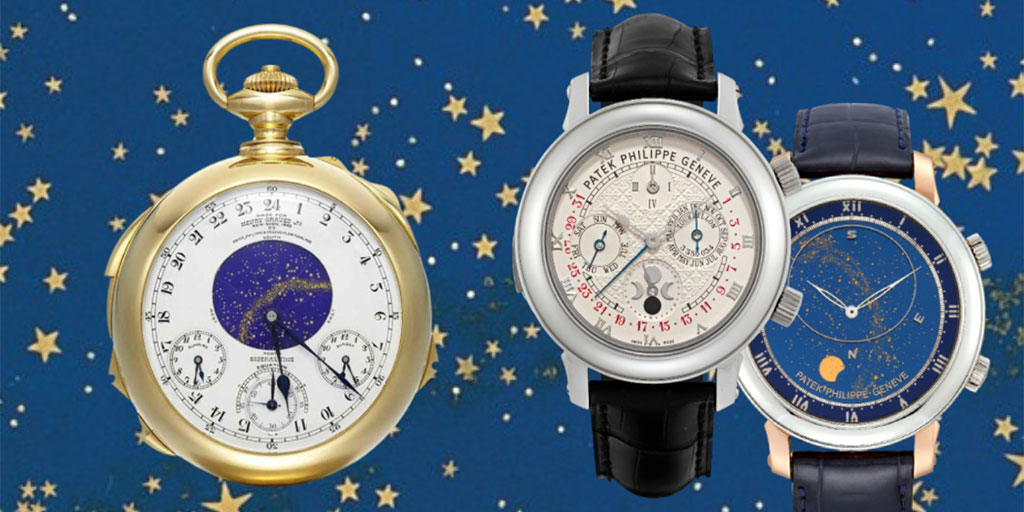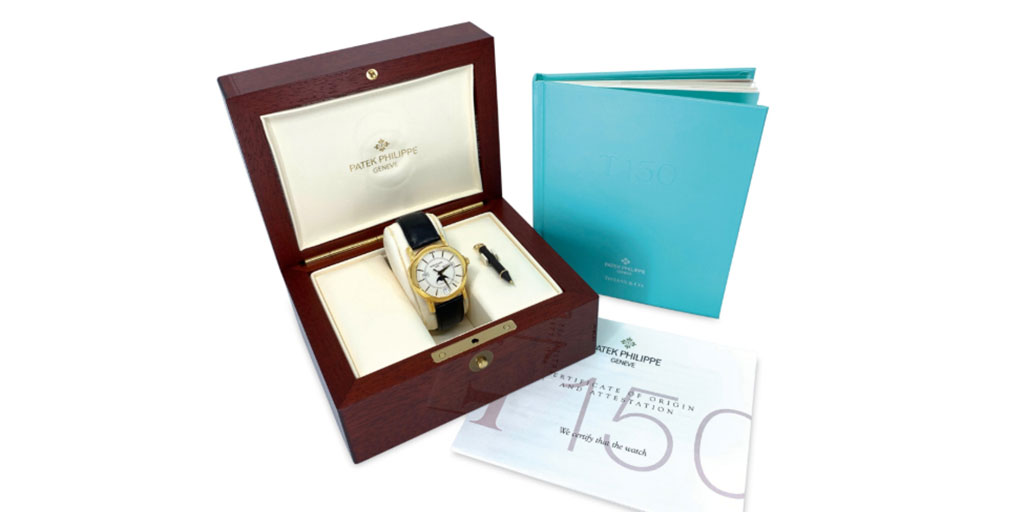1977 was a turbulent time for the mechanical watch world. Inexpensive quartz watches from Asia combined with world currency fluctuations created a perfect storm for the Swiss mechanical watch industry, a storm in which many watchmakers did not survive. However, Patek Philippe, led by Henri Stern and his son, soon-to-be-president-Philippe Stern, did not waver in their belief that there would always be a market for the highest quality mechanical movements.
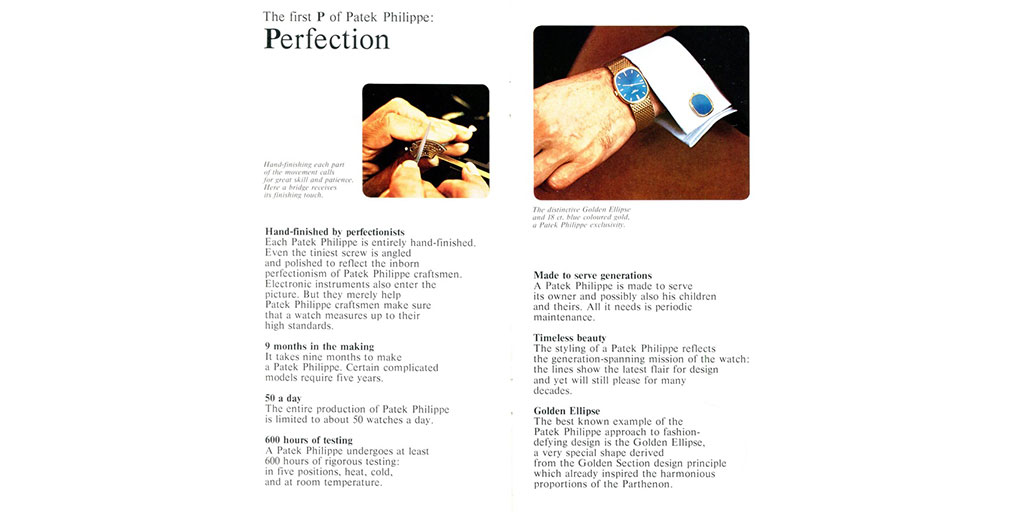
They realized they needed to introduce a watch that was not only slim but did not need to be wound every day. Instead of investing in a new, competitive quartz movement, the Sterns asked their watchmakers to develop a new self-winding movement as slim as the new quartz movements. The Stern family understood that they could never make a watch more accurate than quartz, but “we could make it more elegant than a quartz watch,” said Philippe Stern.
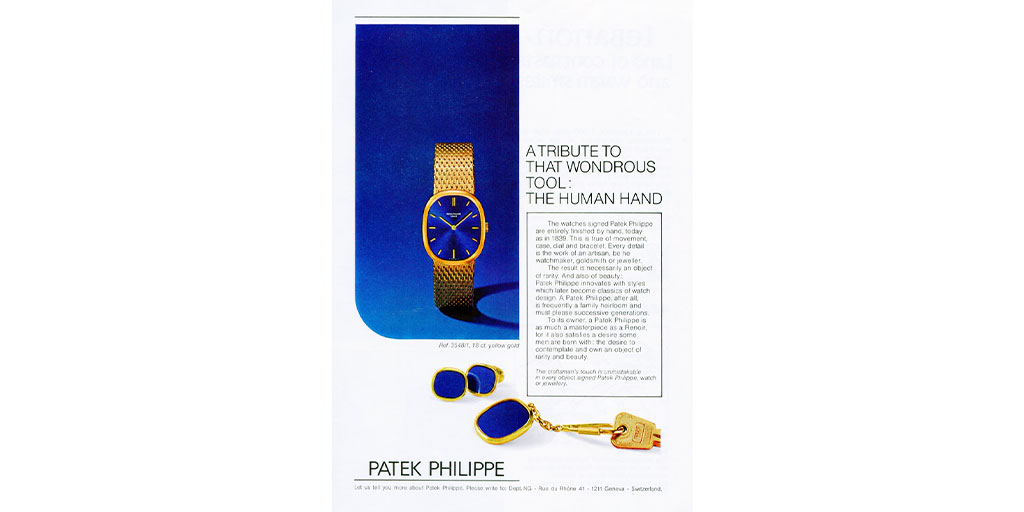
Under the direction of Gérard Berret, the head of production, and the brilliant régleur Max Studer (who would later work on the legendary the Caliber 89 movement), the company’s technical team reinvented the self-winding, or automatic movement. Patek Philippe had already started to produce self-winding movements in 1953 with the caliber 12-600 which debuted in the ref. 2526. But the new movement needed to be slimmer than anything before it to compete with the thinner quartz watches, and this is where the caliber 240 proved its brilliance. Before joining Patek Philippe in 1968, Gérard Berret had gained experience designing similar calibers when working at Universal Genève. Consequently, within a mere six months of Philippe Stern’s directive, a prototype was being tested that combined elegance, autonomy and reliability.

The new, slim profile of the milestone caliber 240 was thanks to the brilliant decision to sink a small, off-center winding rotor into the movement itself, rather than use a sweeping disc as an additional layer above the movement. Although this invention presented an elegant, slimmer solution, the micro-rotor generated less energy than the previous larger rotors. Berret’s team compensated for this by increasing the mass of the micro-rotor disc by making it in 22K gold. The denser weight of the gold produced a more efficient turn to wind the caliber, activated by the owner’s wrist movement. The micro-rotor was also made unidirectional to reduce friction losses because no reversing gear was required — a solution that was granted Swiss patent number 595 653. Overall efficiency from the winder and the spring barrel to the escapement was further improved with a new going train featuring an optimized toothing geometry and polished teeth. Finally, the frequency of 3 Hz (21,600 vph) reduced the energy consumption of the movement by more than 20% in comparison with conventional 4 Hz movements.
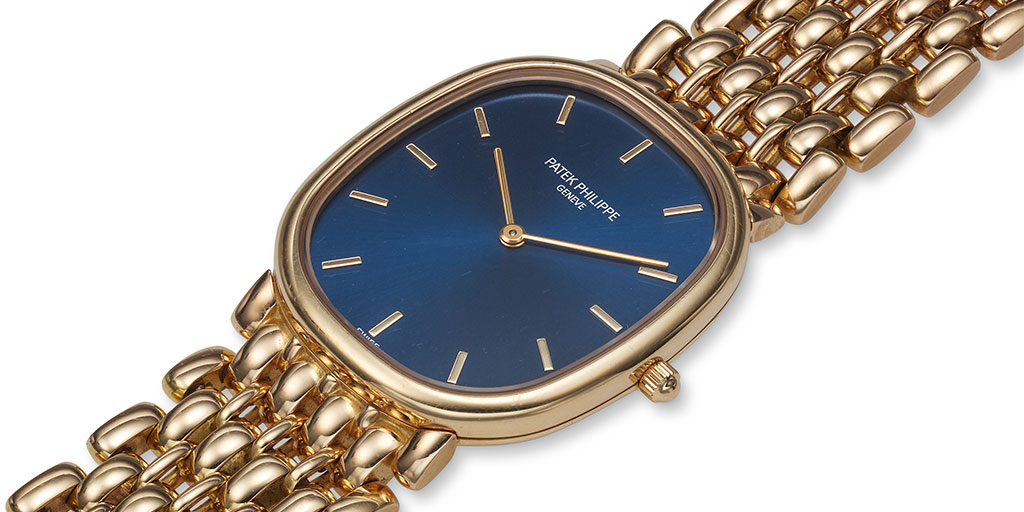
The final base height of the caliber 240 was only 2.53 mm, slimmer even than the workhorse manual wind caliber 215 at 2.55 mm. The mechanical watch of the moment, the Golden Ellipse ref. 3738 was selected to debut this exciting new caliber. The Ellipse showcased the ‘Jet Set’ era of the 1970s with its glamour and sophistication, so it was the perfect vehicle to launch Patek Philippe’s new luxury, slim watch movement. Almost 50 years later, the caliber 240 still resides in the Ellipse ref. 5738, proving elegance never goes out of style.
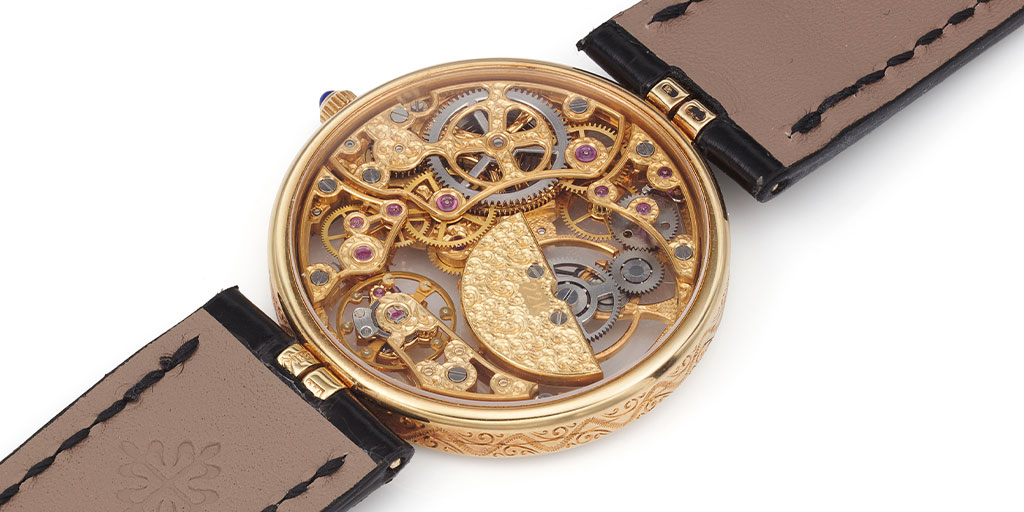
The caliber 240 proved so successful that it went on to be used as a base for a multitude of variations. in 1981, the super-slim caliber 240 was a perfect movement to be skeletonized in the form of ref. 3878 and refined as caliber 240 SQU.

Four years later, the caliber 240 served as the base for one of the most iconic watches in Patek Philippe’s catalog: the legendary, ultra-thin perpetual calendar with moon phase ref. 3940. Launched in 1985, the ref. 3940 was Philippe Stern’s ultimate commitment to the mechanical watch in the wake of the Quartz Crisis. For many, the ref. 3940 remains a grail for collectors with its elegant dial proportions and exquisite complication. The caliber 240 Q Quantième Perpétual is still used today and can be found in the ref. 5327 series.

The addition of a small seconds in the caliber 240 was the next milestone in 1991. The gear train had to be reconfigured to allow the fourth wheel to make one revolution per minute. The small seconds dial was unusually positioned off-center at 4:00 o’clock. The caliber 240 PS debuted in the ref. 5000 and remained a successful signature in models such as the references 5026, 5028, 6000 and 6006.
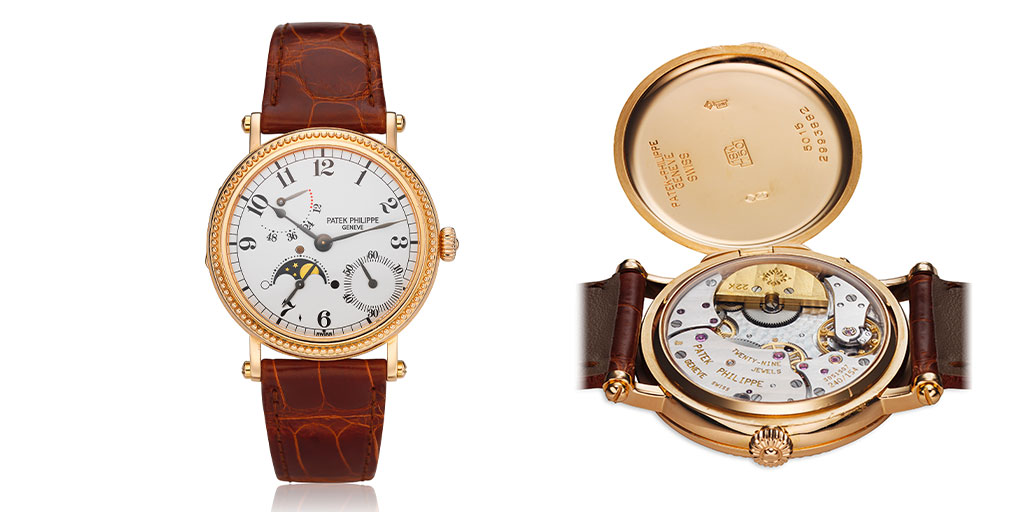
Following the success of the ref. 3940 and the addition of a perpetual calendar, the caliber 240 went on to be used for a multitude of complications. In 1993, the first ‘small’ or ‘useful complication’ ref. 5015 featured the caliber 240 PS IRM CLU with a small, off-set seconds, a power reserve and a moon phase.
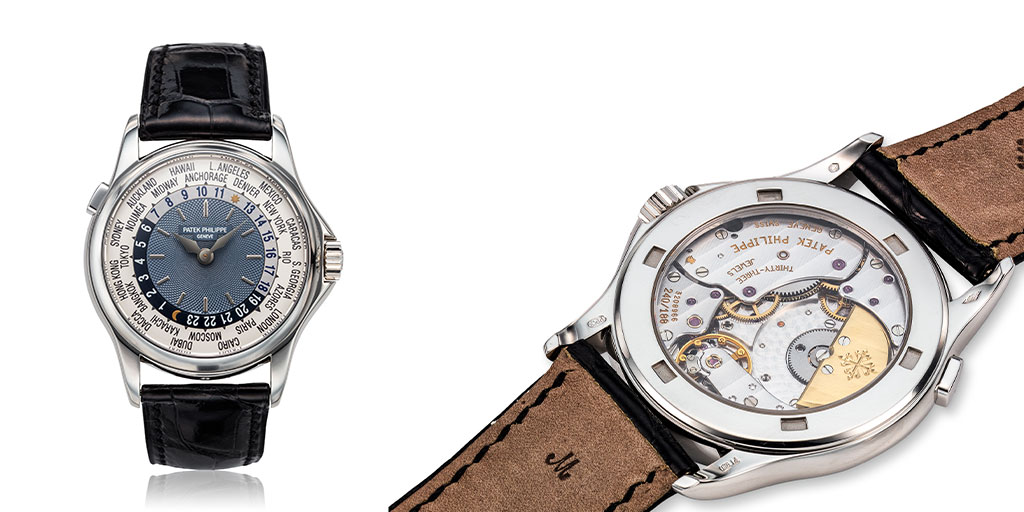
Four years later, the caliber in the ref. 5055 added a calendar to the moon phase dial. In 2000, the new World Time ref. 5110 improved on Louis Cottier’s movement with the inclusion of a World Time mechanism to the 240 resulting in caliber 240 HU (Heure Universal). which is still used today in the ref. 7130. To mark the company’s 175th anniversary, the moon phase and the World Time were combined in the limited-edition ref. 5575 which featured a caliber 240 HU LU.
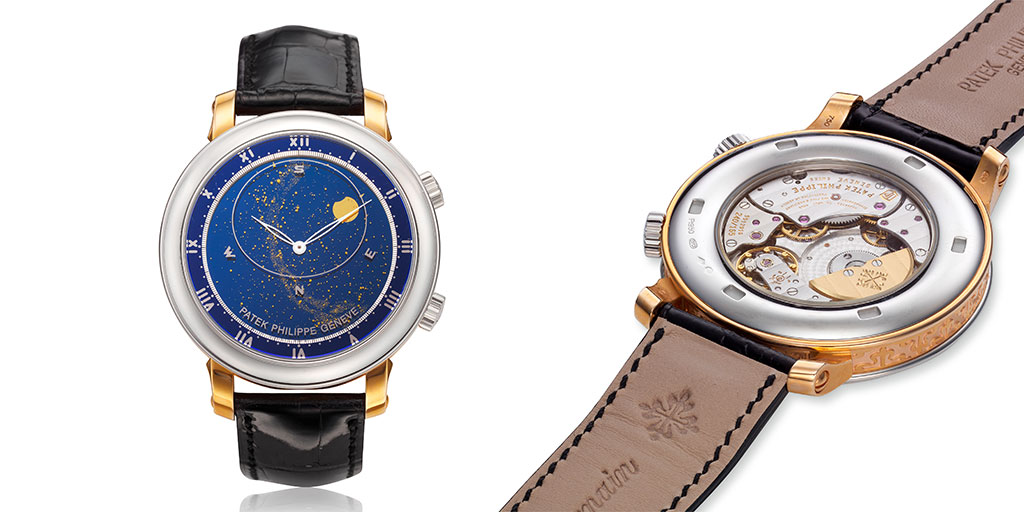
The caliber 240 even reached an astronomical level when it was used in the first grand complication celestial to be produced in a series: the ref. 5102 which featured the caliber 240 LU CL. The dial shows the celestial sky in the northern hemisphere, indicating the movement of the stars and the moon. This masterpiece of engineering proved that the caliber 240 was so much more than a workhorse movement and can still be found in the ref. 6102.
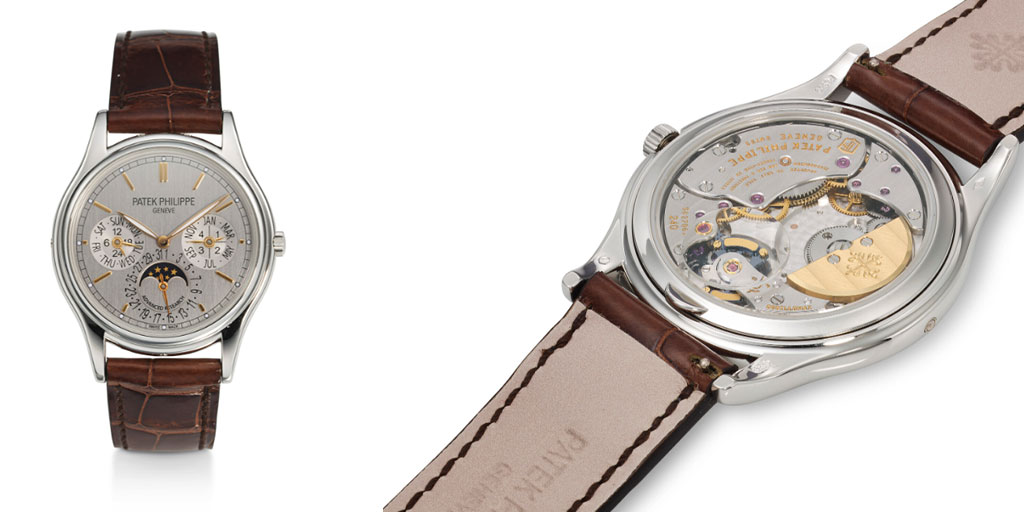
One of the movement’s most extraordinary incarnations was in 2011 when it was transformed to the 240 Q SI and equipped with the Oscillomax® ensemble inside the ref. 5550 Advanced Research perpetual calendar. This new movement now had a significant increase in power reserve – 70 hours instead of the 48 hours in the 240 base movement. The Pulsomax® escapement and GyromaxSi® balance is more efficient, therefore consumes less energy.
Thin, reliable and beautiful, the caliber 240 remains a movement of great historical importance in terms of the development of Patek Philippe’s modern catalog. Equally important, its launch in 1977 heralded the start of the ‘Philippe Stern Era’ and the steadfast mission of Patek Philippe’s president to focus on making the finest mechanical timepieces and push boundaries rather than succumb to the changing tide of quartz.
June 2024

